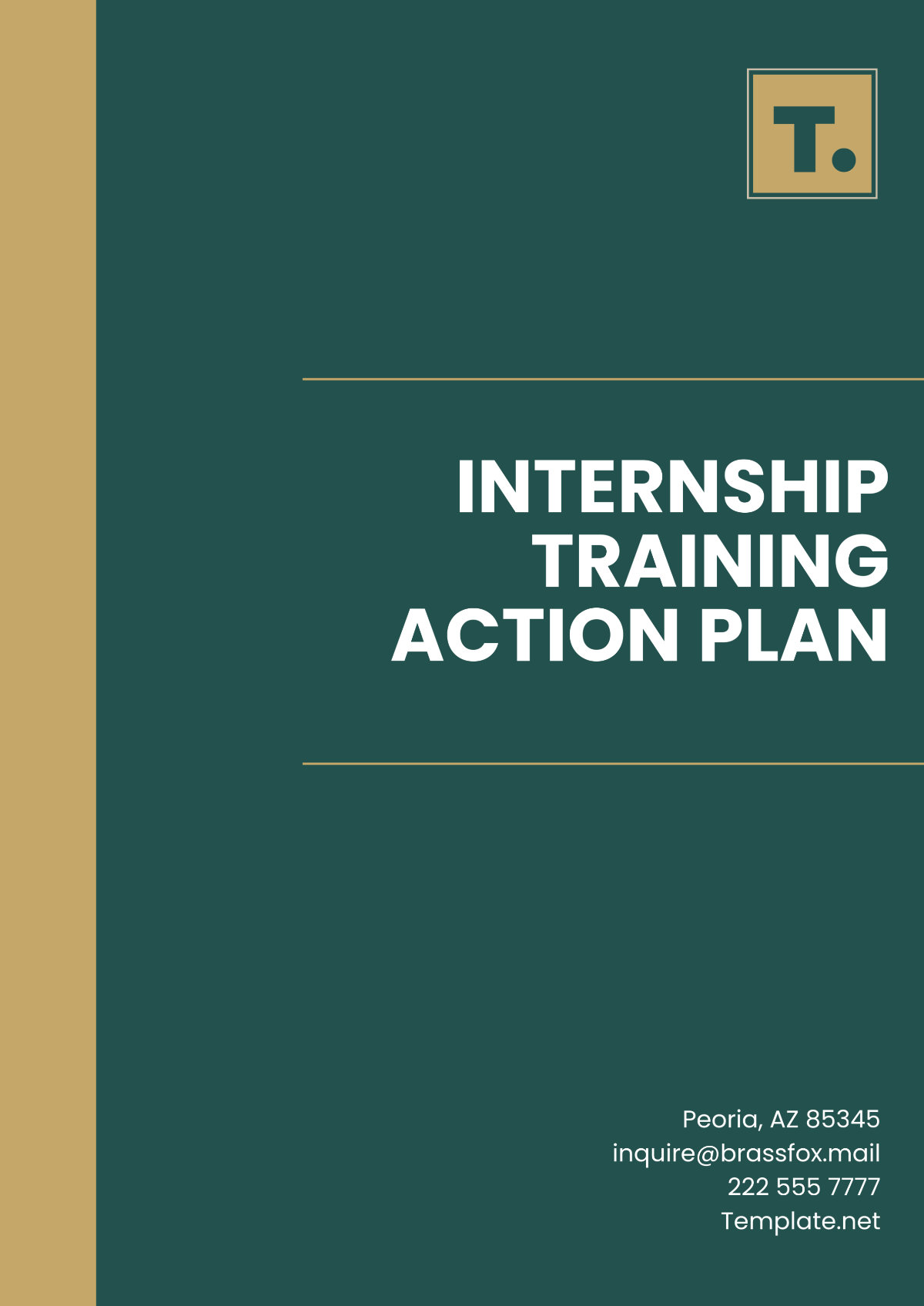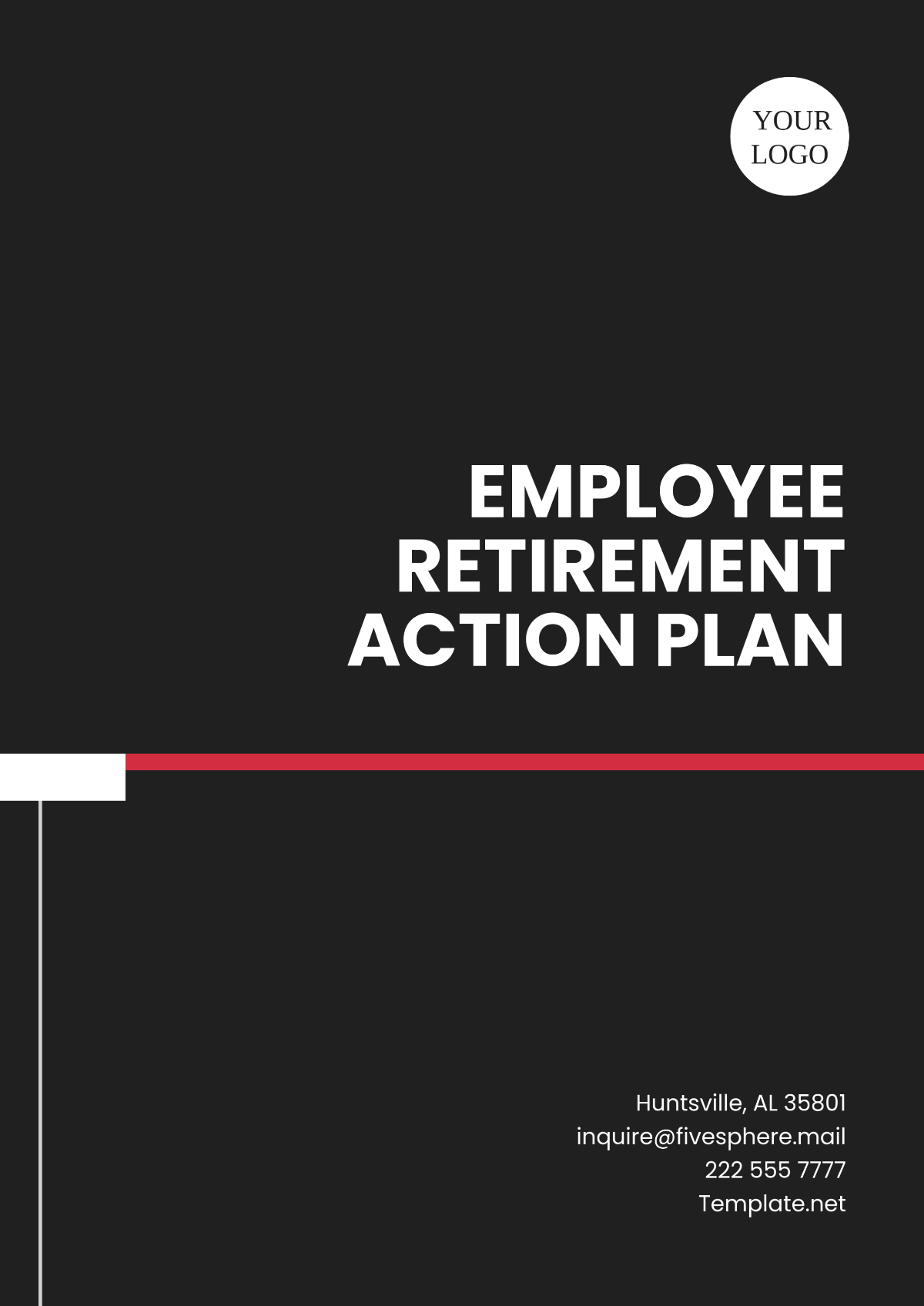Incident Action Plan
I. Incident Overview
Incident Name: Wildfire in [INCIDENT LOCATION]
Incident Type: Natural Disaster - Wildfire
Date/Time of Activation: May 15, 2050, 08:00 AM
Incident Description: A wildfire has broken out in [INCIDENT LOCATION], threatening residential areas and natural habitats. The fire is spreading rapidly due to high winds and dry conditions.
Incident Objectives:
Ensure the safety and evacuation of residents in affected areas.
Contain and suppress the wildfire to prevent further spread.
Protect critical infrastructure and natural resources.
Coordinate response efforts among all involved agencies and organizations.
II. Incident Command Structure
Incident Commander: [YOUR NAME]
Deputy Incident Commander: [DEPUTY'S NAME]
Unified Command Members:
[LIST OF MEMBERS]
III. Situation Analysis
A. Current Situation:
The wildfire has spread over approximately 10,000 acres.
Approximately 200 residential structures are threatened.
Evacuation orders are in place for 5 communities.
Firefighting resources are mobilized but stretched thin due to multiple active fires in the region.
B. Anticipated Situation:
Weather forecasts predict continued high winds and low humidity, exacerbating fire behavior.
Potential for increased fire activity and spread toward populated areas.
Resource needs may exceed available capacity without additional support.
IV. Objectives and Strategy
A. Primary Objectives:
Protect the life and safety of residents and responders.
Contain and suppress the wildfire to prevent further spread.
Minimize damage to critical infrastructure and natural resources.
B. Strategy:
Implement aggressive firefighting tactics to establish containment lines, utilizing backburns and bulldozers to create firebreaks.
Conduct controlled burns to eliminate fuel sources and create strategic barriers.
Coordinate air support for water drops and fire retardant application, utilizing helicopters and air tankers.
Enhance public awareness and evacuation procedures through door-to-door notifications, reverse 911 calls, and media alerts.
Request additional resources and mutual aid support as needed, including personnel, equipment, and logistical support.
V. Tactical Operations
Command Post Location | Staging Areas | Divisions and Groups | Resource Assignments |
|---|---|---|---|
[INCIDENT LOCATION] Emergency Operations Center |
|
|
|
VI. Logistics
Resource Status | Supply Needs | Facilities | Transportation |
|---|---|---|---|
Assess current resource availability and request additional resources as needed. |
| Establish base camps, helibases, and supply depots as needed to support operations. | Coordinate transportation of personnel and equipment to the incident site, utilizing ground and air transport as necessary. |
VII. Finance and Administration
A. Cost Tracking:
Establish a comprehensive system for tracking all expenses related to firefighting efforts, personnel deployment, equipment usage, and resource procurement.
Designate personnel responsible for recording expenditures, maintaining accurate records, and submitting financial reports promptly.
Implement protocols for verifying and approving expense claims to ensure transparency and accountability in financial management.
B. Procurement:
Identify procurement needs for essential goods and services required to support firefighting operations, including equipment, supplies, and contracted services.
Obtain necessary authorizations and approvals for procurement activities, adhering to established procurement policies, regulations, and budgetary constraints.
Solicit bids, quotes, or proposals from qualified vendors and suppliers, evaluating options based on cost-effectiveness, quality, and suitability for operational requirements.
Coordinate with procurement officers, finance personnel, and relevant stakeholders to expedite procurement processes and minimize delays in acquiring critical resources.
C. Personnel:
Develop and maintain an up-to-date roster of personnel involved in the incident response, including firefighters, support staff, contractors, and volunteers.
Establish procedures for tracking personnel assignments, shifts, and rotations to ensure adequate staffing levels and optimal utilization of human resources.
Monitor personnel fatigue, health, and well-being, implementing measures to mitigate risks associated with prolonged deployment and demanding work conditions.
Coordinate with human resources departments, labor unions, and relevant agencies to address personnel issues, including compensation, benefits, and workforce management.
VIII. Public Information
A. Public Information Officer:
[OFFICER'S NAME]
B. Key Messages:
Communicate evacuation orders and shelter locations to affected residents.
Provide updates on road closures and traffic advisories to ensure public safety.
Inform the public about fire behavior, containment efforts, and progress made by firefighting crews.
Educate residents on safety precautions and preparedness tips to minimize risk and facilitate community resilience.
C. Communication Channels:
Distribute press releases, social media updates, and website postings to disseminate critical information.
Conduct public briefings and community meetings to address concerns and answer questions from residents and stakeholders.
IX. Safety and Health
A. Safety Officer:
[OFFICER'S NAME]
B. Risk Assessment:
Identify hazards associated with firefighting operations and implement mitigation measures to minimize risk to responders and the public.
C. Medical Support:
Coordinate medical resources and establish medical facilities for responders to address injuries, illnesses, and fatigue-related issues.
D. Mental Health Support:
Provide counseling and support services for responders and affected individuals to address psychological stress and trauma associated with the incident.
X. Documentation and Reporting
A. Incident Action Plan Updates:
Review and update the IAP regularly to reflect changing conditions, resource needs, and operational priorities.
B. Situation Reports:
Compile and disseminate situation reports to keep stakeholders informed of the current status, progress made, and challenges faced by response efforts.
C. After Action Review:
Conduct debriefings and lessons learned sessions following the incident to evaluate response effectiveness, identify areas for improvement, and develop recommendations for future incidents.
XI. Next Steps
Continue firefighting efforts and containment operations, adapting strategies as needed based on changing conditions and resource availability.
Monitor weather forecasts and fire behavior closely to anticipate potential changes in fire activity and adjust tactics accordingly.
Coordinate closely with local authorities, neighboring jurisdictions, and state and federal agencies to ensure a coordinated and effective response to the incident.
Evaluate resource needs regularly and request additional support from mutual aid partners and other agencies as necessary to address evolving needs and challenges.

















































